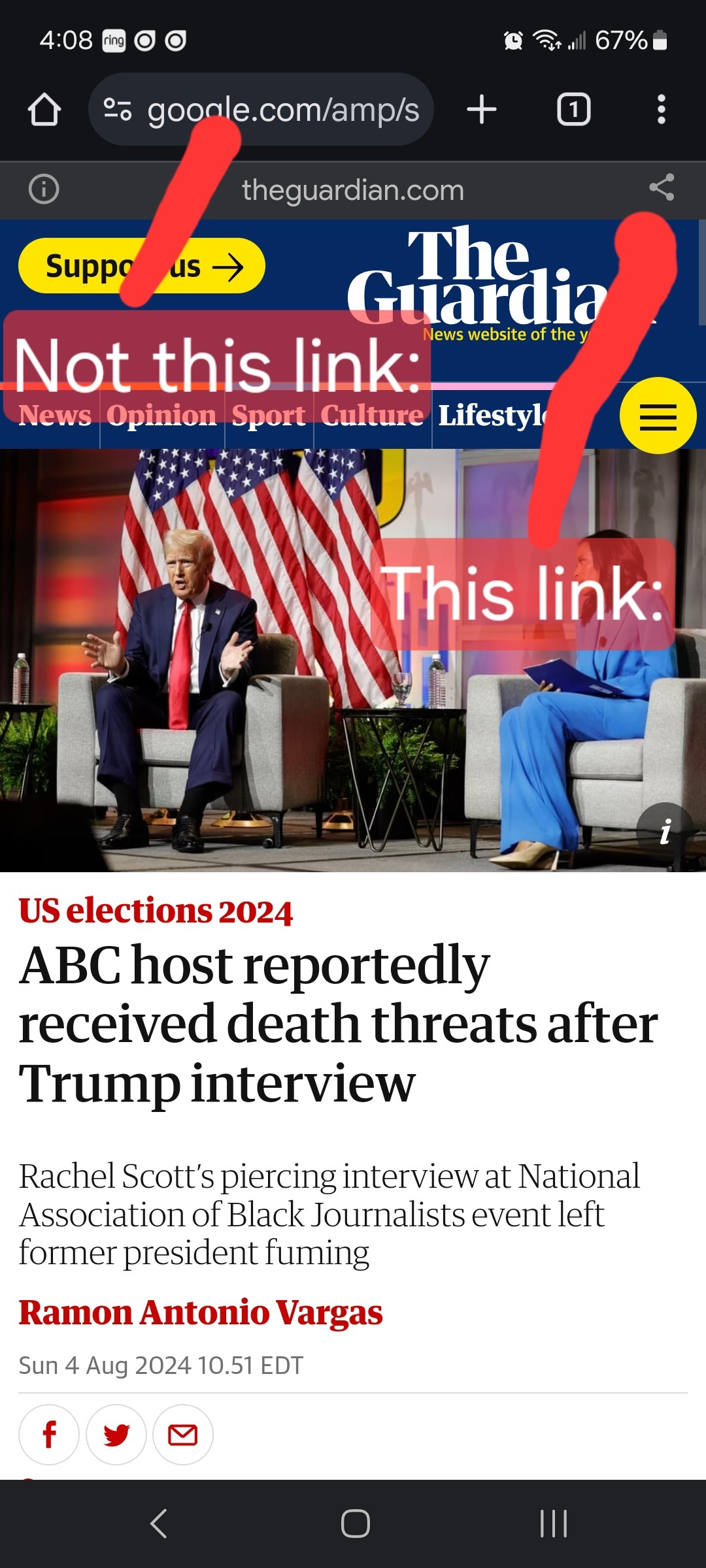politics
Welcome to the discussion of US Politics!
Rules:
- Post only links to articles, Title must fairly describe link contents. If your title differs from the site’s, it should only be to add context or be more descriptive. Do not post entire articles in the body or in the comments.
Links must be to the original source, not an aggregator like Google Amp, MSN, or Yahoo.
Example:

- Articles must be relevant to politics. Links must be to quality and original content. Articles should be worth reading. Clickbait, stub articles, and rehosted or stolen content are not allowed. Check your source for Reliability and Bias here.
- Be civil, No violations of TOS. It’s OK to say the subject of an article is behaving like a (pejorative, pejorative). It’s NOT OK to say another USER is (pejorative). Strong language is fine, just not directed at other members. Engage in good-faith and with respect! This includes accusing another user of being a bot or paid actor. Trolling is uncivil and is grounds for removal and/or a community ban.
- No memes, trolling, or low-effort comments. Reposts, misinformation, off-topic, trolling, or offensive. Similarly, if you see posts along these lines, do not engage. Report them, block them, and live a happier life than they do. We see too many slapfights that boil down to "Mom! He's bugging me!" and "I'm not touching you!" Going forward, slapfights will result in removed comments and temp bans to cool off.
- Vote based on comment quality, not agreement. This community aims to foster discussion; please reward people for putting effort into articulating their viewpoint, even if you disagree with it.
- No hate speech, slurs, celebrating death, advocating violence, or abusive language. This will result in a ban. Usernames containing racist, or inappropriate slurs will be banned without warning
We ask that the users report any comment or post that violate the rules, to use critical thinking when reading, posting or commenting. Users that post off-topic spam, advocate violence, have multiple comments or posts removed, weaponize reports or violate the code of conduct will be banned.
All posts and comments will be reviewed on a case-by-case basis. This means that some content that violates the rules may be allowed, while other content that does not violate the rules may be removed. The moderators retain the right to remove any content and ban users.
That's all the rules!
Civic Links
• Congressional Awards Program
• Library of Congress Legislative Resources
• U.S. House of Representatives
Partnered Communities:
• News
view the rest of the comments
This is a very misleading article. A lot of other comments are already touching on the nuance of the argument here, but I just want to break it down the way I understand it.
(Before that, though, I just want to point out that this is a 6-3 decision, but it’s not the usual 6-3, since Kagan and Gorsuch flipped sides. I think that’s telling enough that this isn’t simply a party-lines interpretation.)
It’s not that SCOTUS argued that “and” means “or”, it’s that when you have a statement “a person is eligible if not (a), (b), and (c)”, there is ambiguity in the order of operations between “not” and “and”. The statement could either mean
(1) E = !(A and B and C)
or
(2) E = (!A) and (!B) and (!C)
Demorgan’s law says we can rewrite (1) and (2) as
(1) !E = A and B and C
(2) !E = A or B or C
The court went with interpretation (2), not because one is more “correct” than the other. It seems like (2) was chosen because of the two “statutory difficulties” listed in the syllabus of Pulsifer v. United States.
In summary, this is a ruling that could have gone either way, and the side the court chose isn’t totally ridiculous.
It is the side of giving fewer people just the eligibility for relief, which is pretty shitty. But if the court was stooping to an argument as bad as the headline made it out to be, IMO we’d have MUCH bigger problems.
Wouldn't
(3) E = (!A) and B and C
also be a valid Interpretation?
That’s a reasonable interpretation of my simplified statement “a person is eligible if not (a), (b), and (c)”, but I purposely kept my simplification all on 1 line to bring down the line count, which was futile in the end anyway :)
A closer simplification to the exact text is:
“A person is eligible if not:
(a);
(b); and
(c)”
With formatting I think it’s fair to say “not” should apply to all 3 bullet points, but it’s unclear whether it applies before or after “and-ing” the 3 together.
Edit: formatting. Idk if it’s just my lemmy client or if it’s markdown constraints, but if I only put 1 “newline” between successive statements then the newline is ignored and my entire point of putting different things on different lines making a difference is completely sabotaged :)